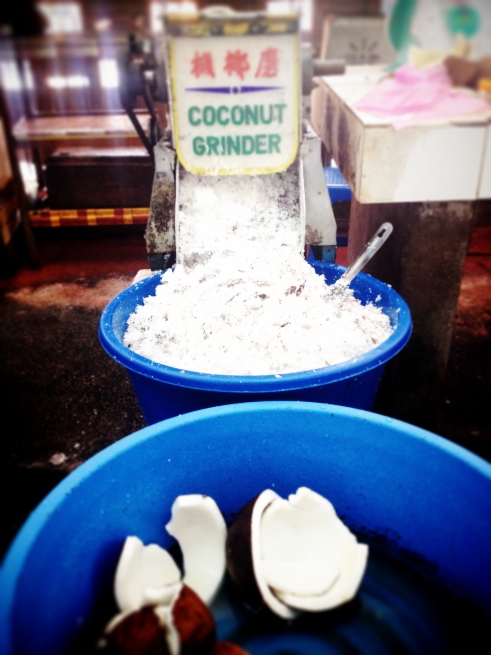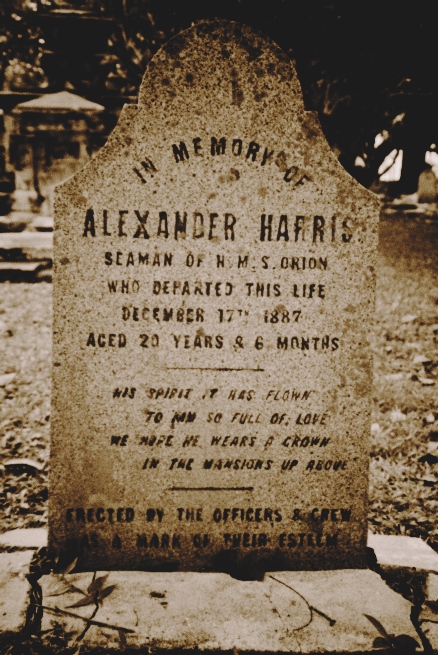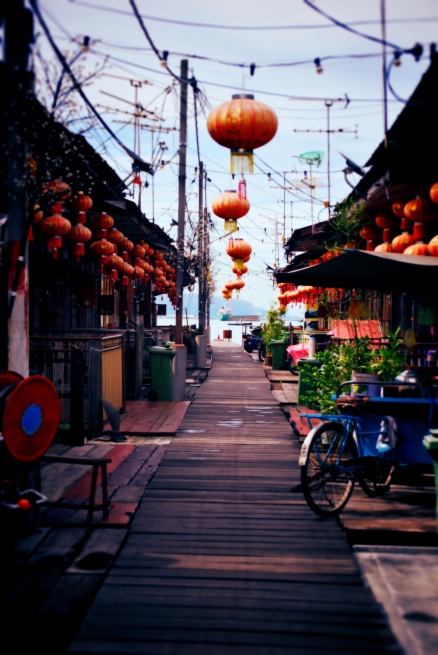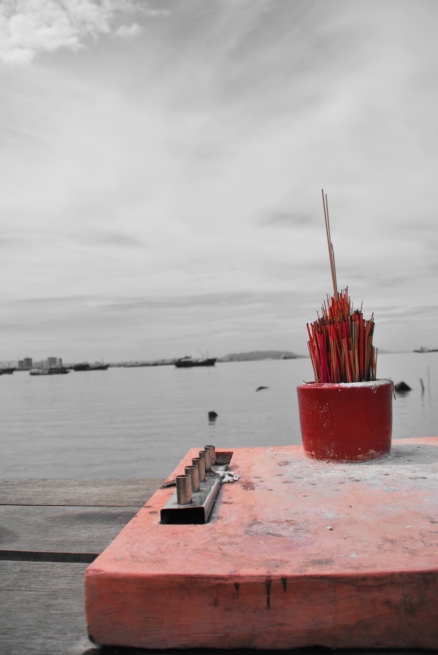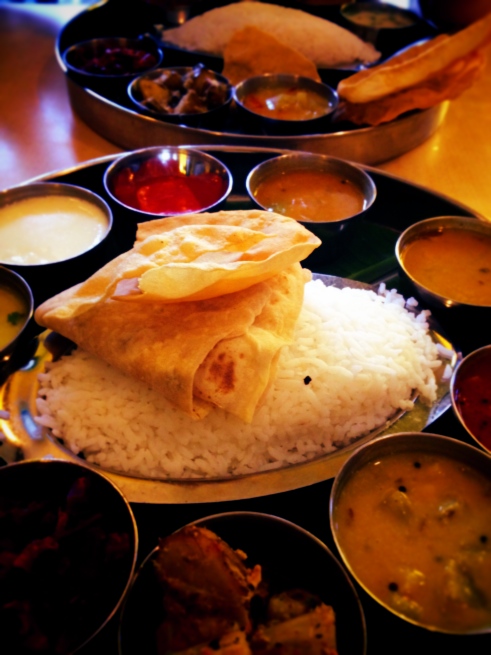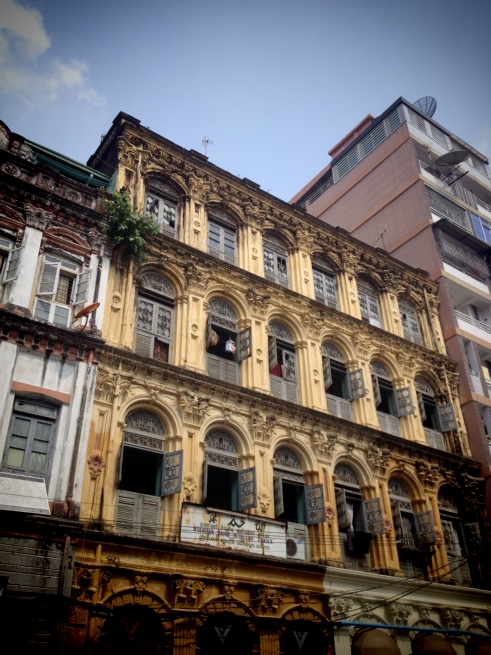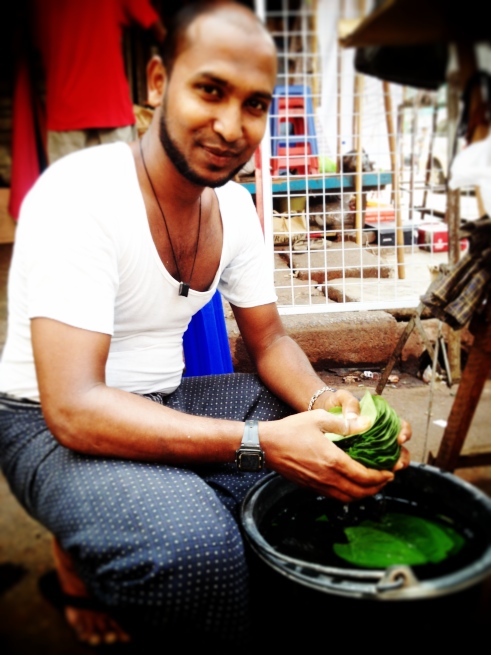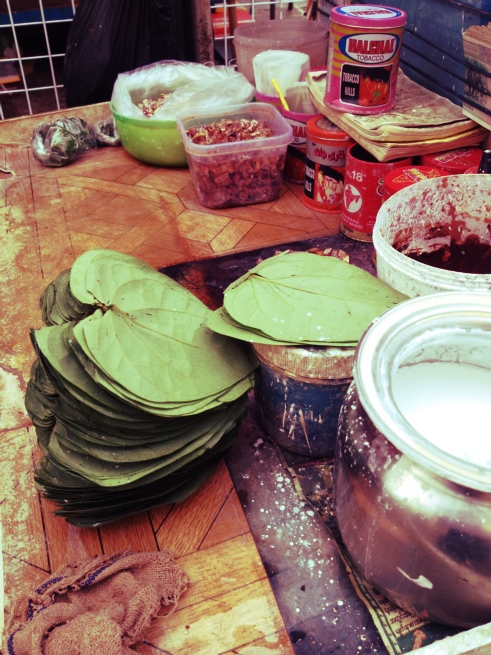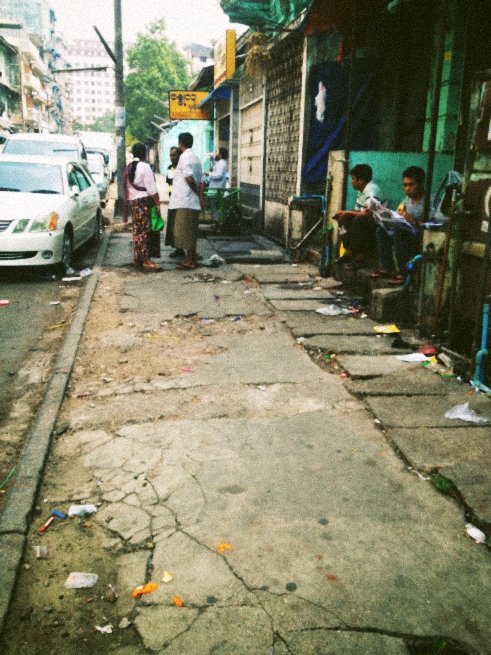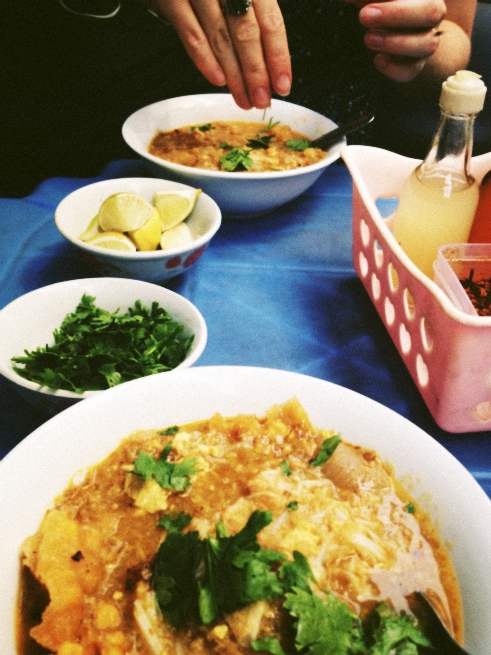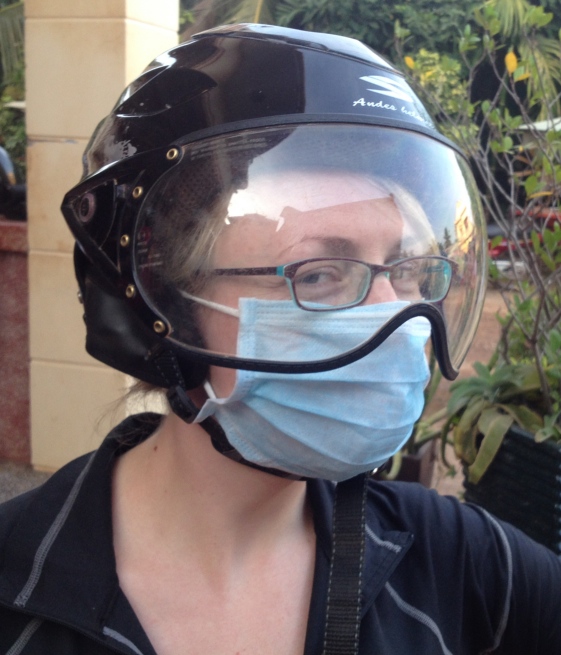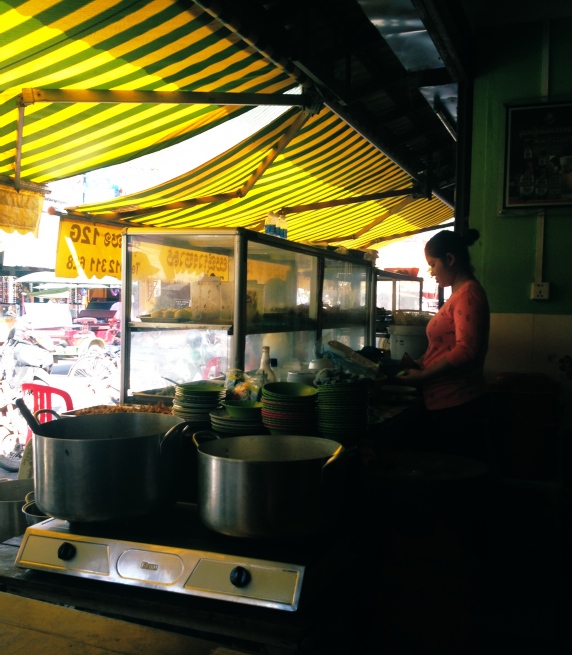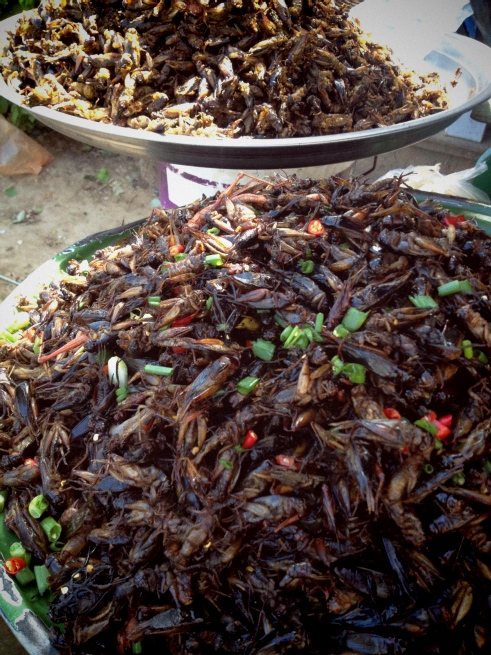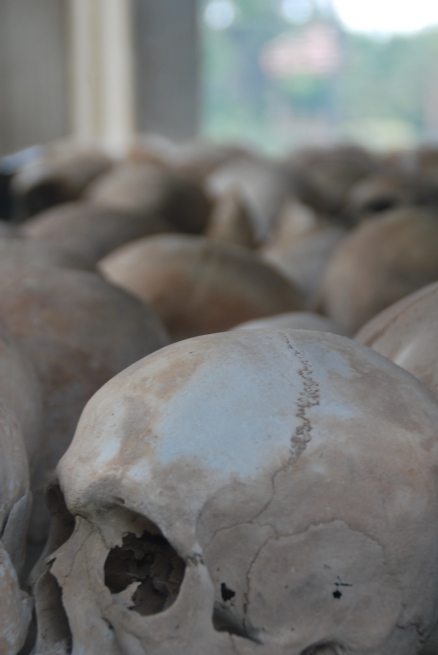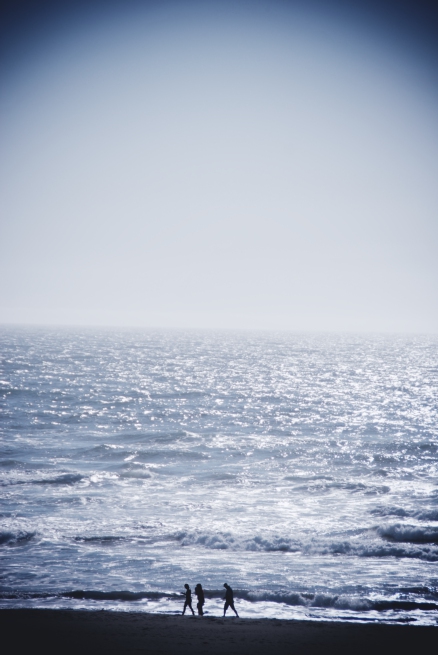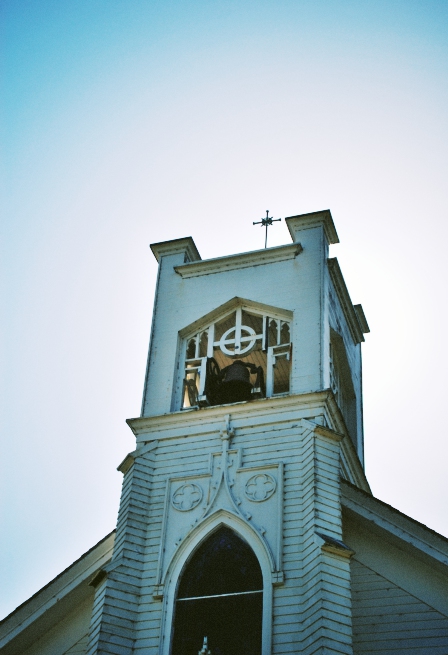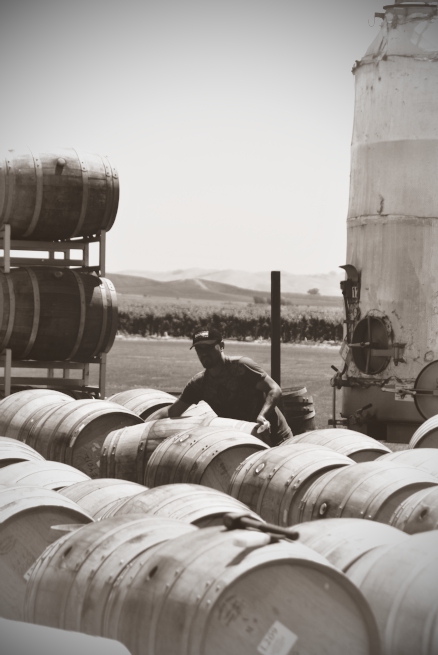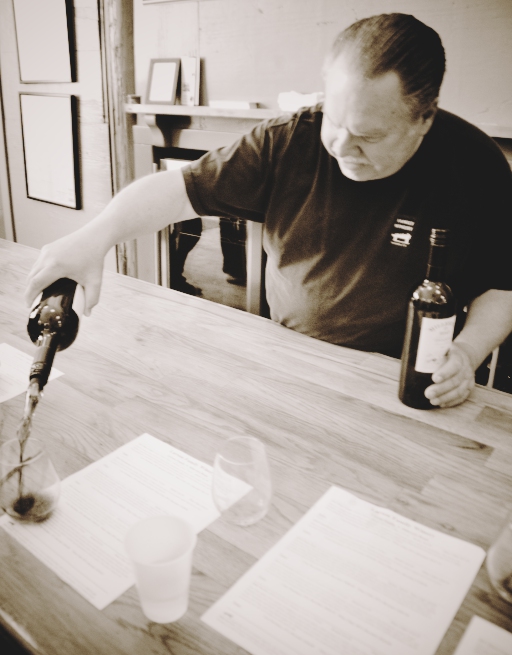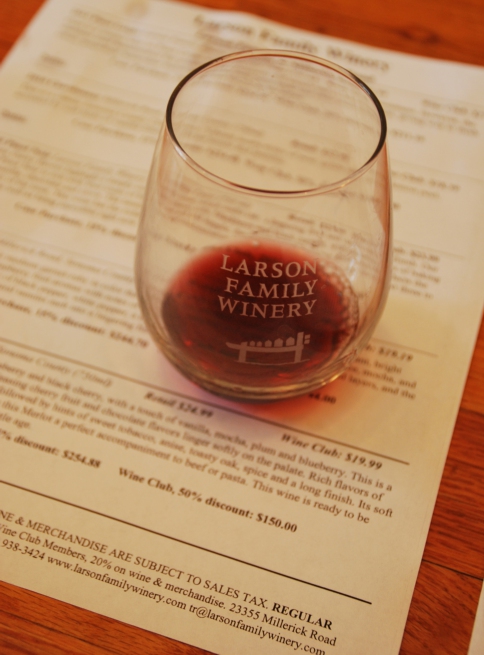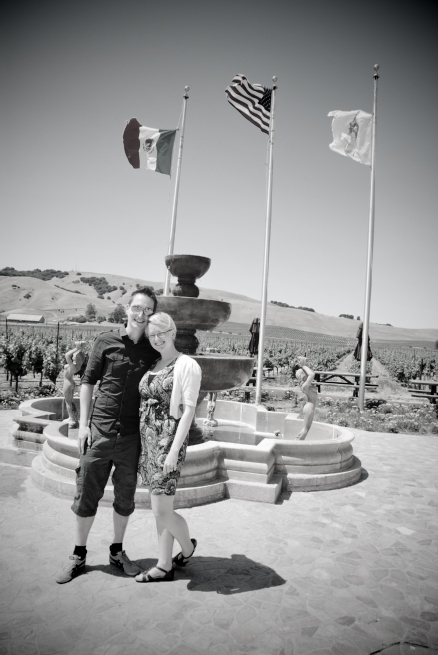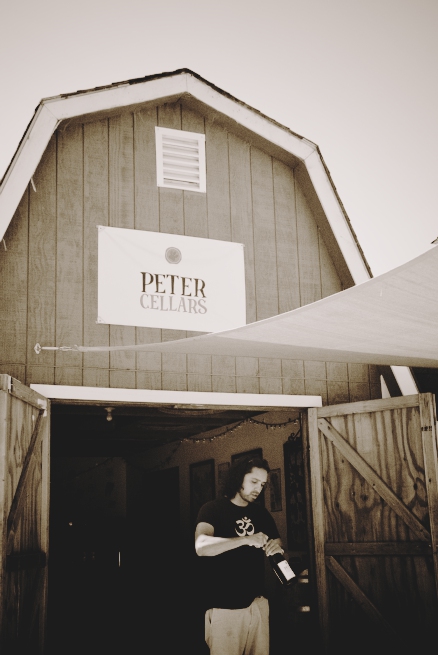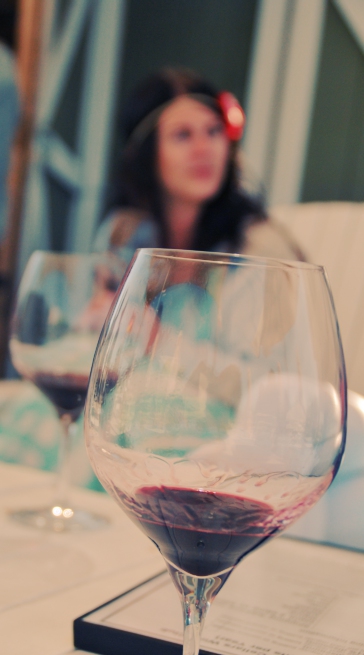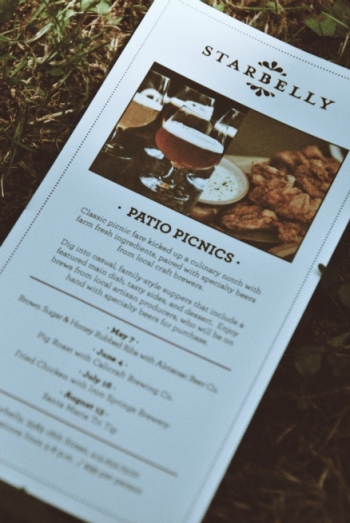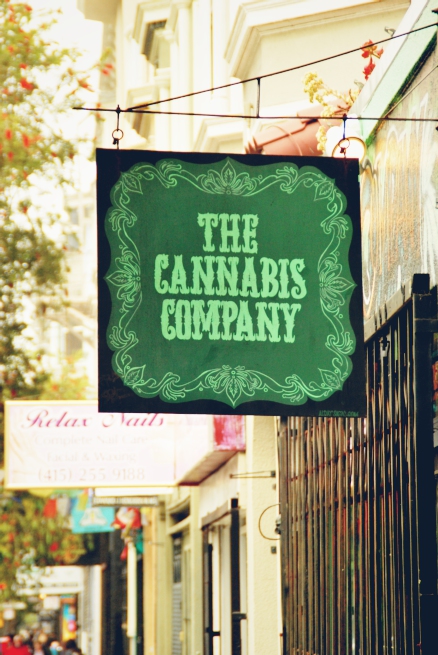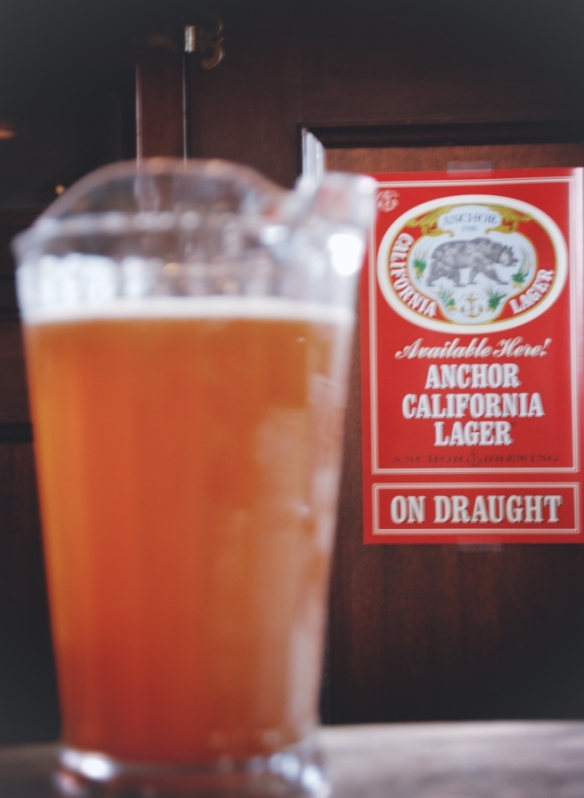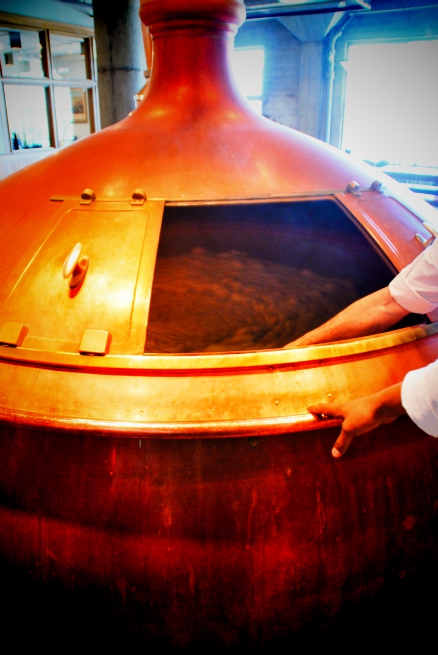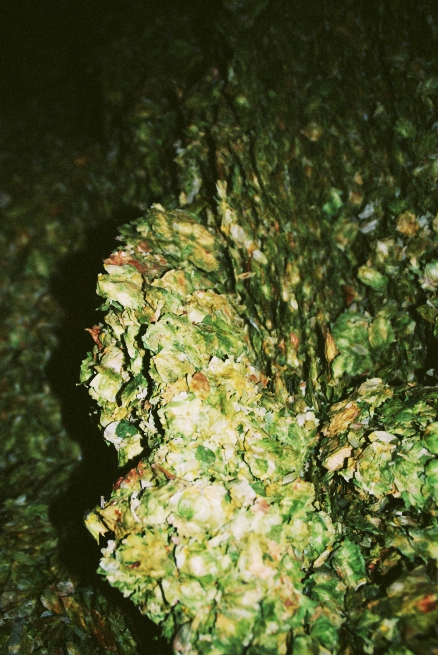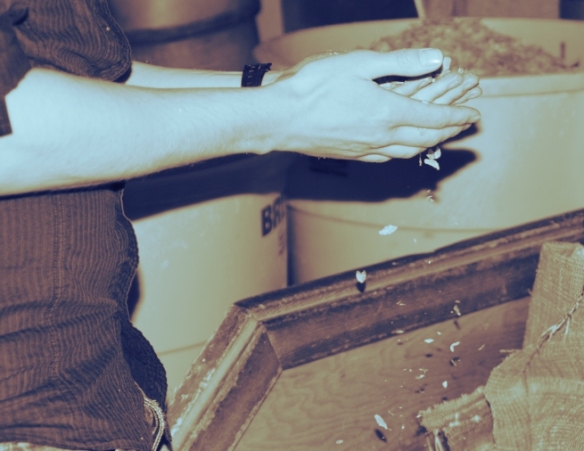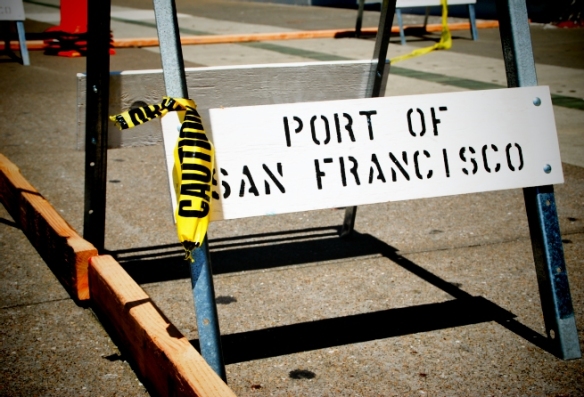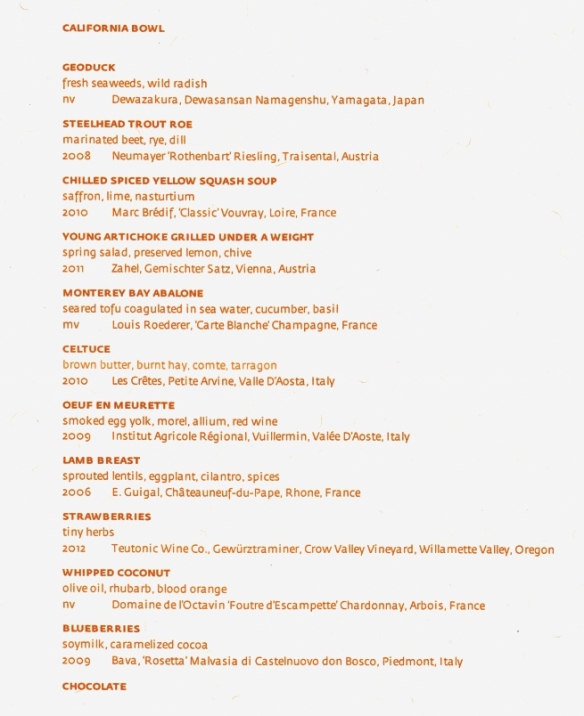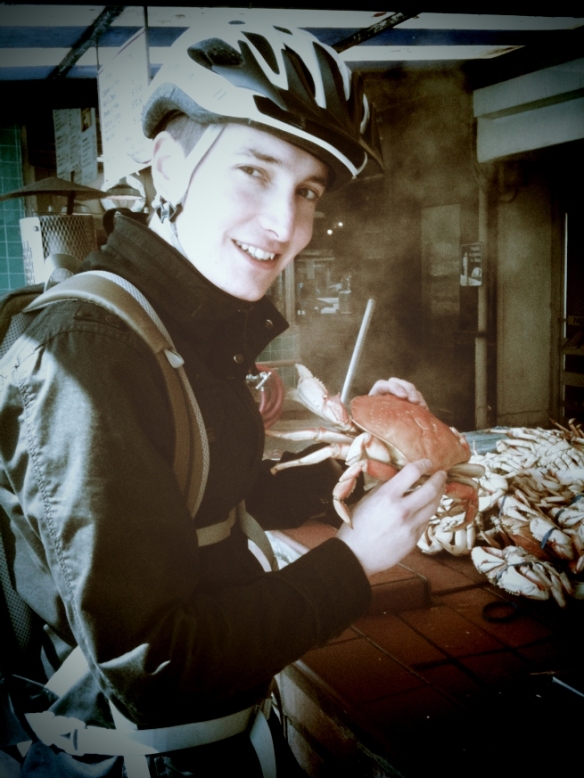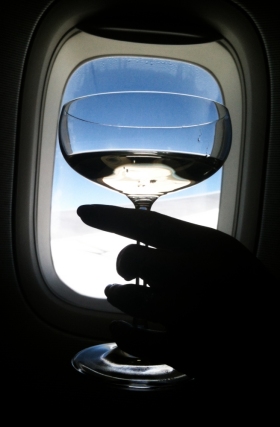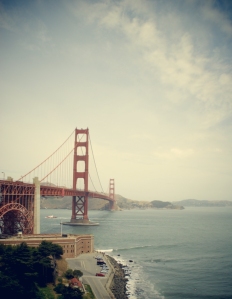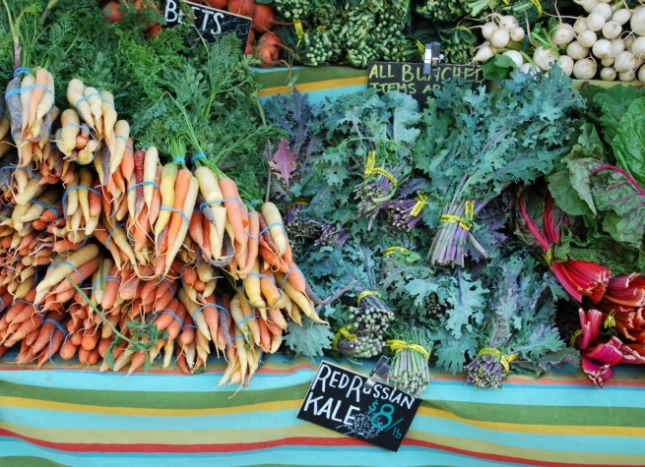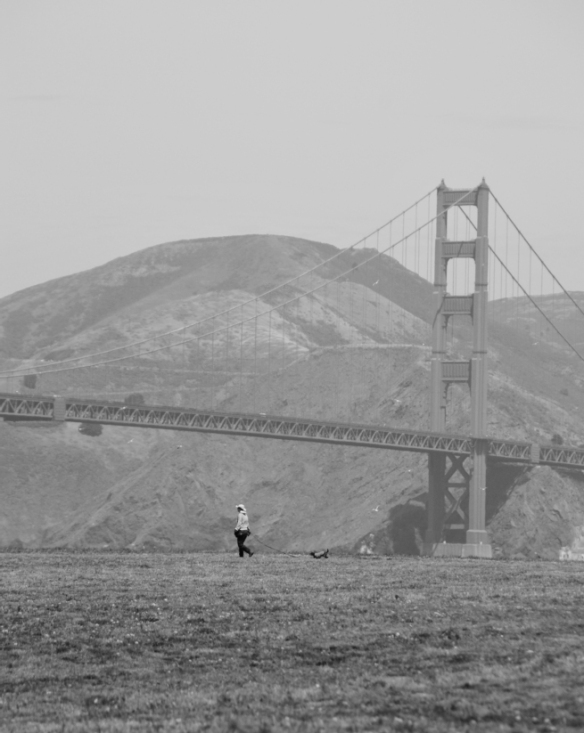DEAR INTERNET, I’M sorry that I haven’t written in a while. I’ve been busy, you see, in Bangkok and Hong Kong. Also, the Chinese Government has been trying to suppress my writing. Yes, WordPress is blocked in China, along with Facebook, Twitter, Youtube and a number of other dangerous sites. I’m joining you now only through internet sorcery, via a server based somewhere in Japan.
The Great Firewall of China is not that sophisticated, however, as it only blocks wordpress.com, not all wordpress sites. The upshot of this is that when I recently changed over to be elsewhereunderwritten.com rather than elsewhereunderwritten.wordpress.com I exposed myself to an extra ONE BILLION potential readers. Welcome, new Chinese readers! I’m still awaiting the spike in blog stats. I expect it’ll come soon, though. WordPress hosted sites can’t handle over a million hits in a day, so please remember to form an orderly queue… (yes I know, there’s no such thing in China, but please do try). I’d offer a few words of welcome, but I think that I’d struggle to put it better than the tourism board of Yangshuo, Guangxi Province, in this sign that we saw earlier in the week:
 IF THIS WERE an Indiana Jones movie (and frankly I’m sad it’s not), you’d be seeing a red line snaking over a map right now. Over the past seven weeks we’ve travelled from Bangkok, Thailand, through Cambodia, into southern Vietnam, up through Vietnam to Hanoi in the north, from Hanoi to Vientiane in Laos, through Laos, travelling up the Mekong River from Luang Prabang back into northern Thailand. Once there we hung out for a week in Chiang Mai, then went to a couple of other places in northern Thailand before getting a 16 hour overnight bus down to Bangkok, where we buzzed around a lot to try and fit in as much as possible before flying to Hong Kong. In Hong Kong we pretty much did the same thing, except with more clothes on (because it was cold, get your mind out of the gutter). From HK we crossed the border into mainland China and got an overnight train from Shenzhen to Guilin, where we are as I write this post (postscript – from Guilin we flew to Kunming, Yunnan Province and after a couple of days in Kunming we travelled by bus to Dali, also in Yunnan Province. We’ve had unreliable internet so it’s taken me a while to upload this post). All caught up? Good.
IF THIS WERE an Indiana Jones movie (and frankly I’m sad it’s not), you’d be seeing a red line snaking over a map right now. Over the past seven weeks we’ve travelled from Bangkok, Thailand, through Cambodia, into southern Vietnam, up through Vietnam to Hanoi in the north, from Hanoi to Vientiane in Laos, through Laos, travelling up the Mekong River from Luang Prabang back into northern Thailand. Once there we hung out for a week in Chiang Mai, then went to a couple of other places in northern Thailand before getting a 16 hour overnight bus down to Bangkok, where we buzzed around a lot to try and fit in as much as possible before flying to Hong Kong. In Hong Kong we pretty much did the same thing, except with more clothes on (because it was cold, get your mind out of the gutter). From HK we crossed the border into mainland China and got an overnight train from Shenzhen to Guilin, where we are as I write this post (postscript – from Guilin we flew to Kunming, Yunnan Province and after a couple of days in Kunming we travelled by bus to Dali, also in Yunnan Province. We’ve had unreliable internet so it’s taken me a while to upload this post). All caught up? Good.
Last time I promised a round up of Vietnam, after having covered only the south. I’ve had to buy an external portable hard disk because I didn’t have enough room for all the photos I’ve been taking (with 1TB of extra storage, I should be ok now – thank you Pantip Plaza, Bangkok). Today I went through those photos and picked some of the highlights from Vietnam.
WE WERE IN Vietnam for close to three weeks, and very much on a well trodden tourist trail. From Ho Chi Minh City (HCMC) and the Mekong Delta in the south we headed north to the beach resort of Nha Trang, arriving at 5.30am off the overnight train to be greeted by a rainy city and wild waves at the seafront. Later, we explored the city, the rain having stopped but the sky still overcast. Nha Trang did little to endear itself to us – the long beach was pretty, certainly, but just a few streets away from the seafront the town turned into an ugly scrawl of dirty streets, snarling mopeds and touristed-out locals. When we’re somewhere new we like to walk around to get a sense of the place, usually straying far away from the haunts recommended in the guidebook. In Nha Trang we were happy to return to the seafront.
There’s one direct flight from Nha Trang International airport, and that’s to Russia. It is the beach destination in Vietnam if you’re from Russia. Consequently the town is an odd mix of western backpackers and high spending Russian vacationers, glued together by Vietnamese touts, pimps and tuc tuc drivers (who are often the same person). But if the sun’s out, you’re drinking, and you ignore the touts and pimps, then Nha Trang is a fun place to be. Yes, I did have an awful sunburn and a Hollywood star hangover when we left.
An overnight bus to Hoi An sorted me right out. Rather than simply a reclining chair, each passenger had a sort of plastic sarcophagus which you inserted your legs in up to the waist, and then leaned back into what felt like one half of a sun lounger. The sarcophagus combined with the stacking of passengers bunkbed style created a cosy, I’ll-never-get-out-of-here-if-we-crash kind of a feeling, and (once I’d gotten over the series of RTA scenarios that paraded through my mind) I quickly fell into a deep sleep.
In Hoi An it was raining, but just off the bus and walking through the old town, it was already lovelier than Nha Trang, even in the wet. From the 16th through to the 18th centuries the city was the most important trading port in south east Asia, with merchants from China, Japan and Europe. Towards the end of the 18th century, the river leading from the port to the sea silted up and trade moved elsewhere. When commerce ebbed away from the city it remained largely unchanged in architecture, and mostly untouched by the modernisation that was sweeping the rest of Vietnam. The town remains a wonderful jumble of old Vietnamese, Chinese and Japanese building styles, pretty even in the rain.
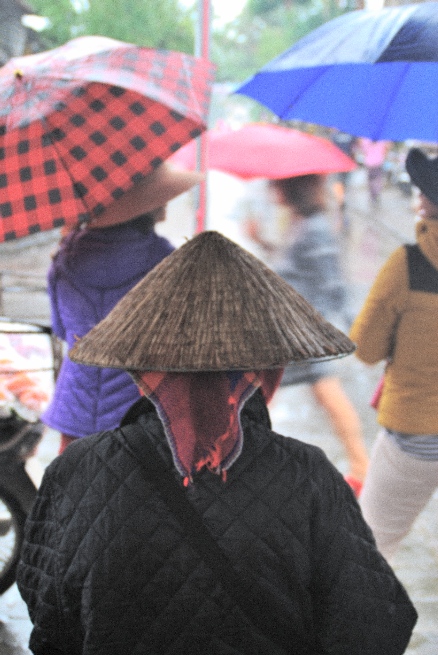
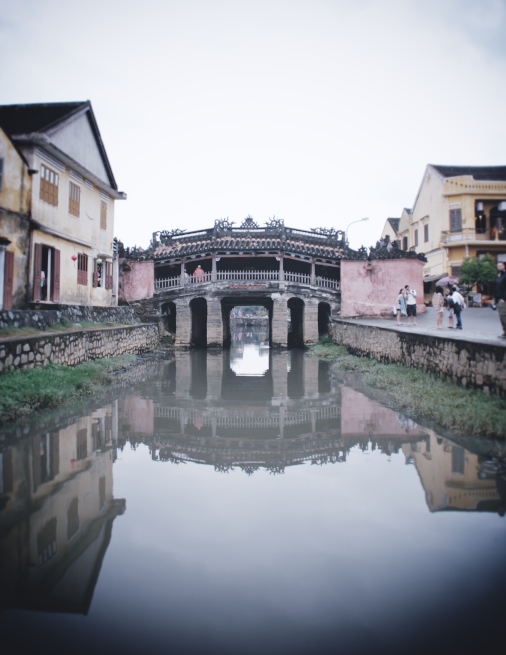
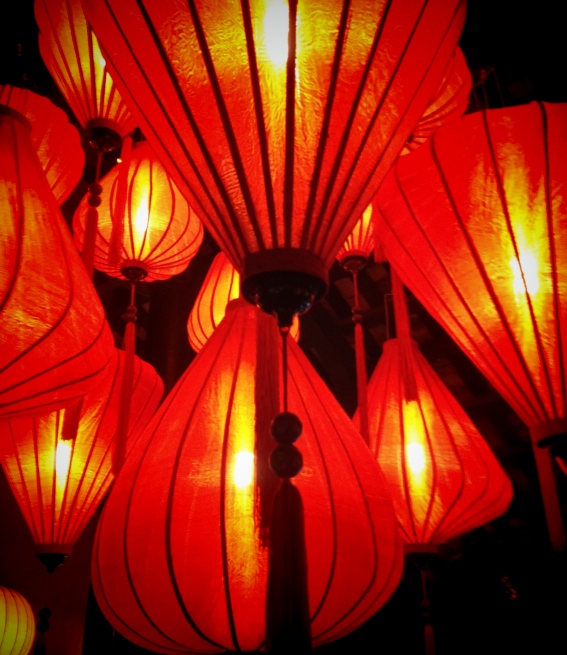

Tourism and tailoring are the two chief enterprises of Hoi An. So after a shower and some breakfast we headed over to get some clothes made. For what else does one do in Hoi An? The city is awash with tailors, so many that without the advice of tour guide I would have struggled to have known which to use (if you’re going there yourself, we used Yaly – slightly more expensive than some others but they were extremely professional, knowledgeable, and produced clothes of excellent quality). You can get a tailored suit made in 24 hours, thanks – I was assured – not to a sweat shop but to an army of 300 tailors all paid a fair wage. I was measured for a suit on the morning of the first day, alterations were made in the afternoon of the second day and it was ready by that evening. It cost me £100. As I took my top off to try on the shirt that I’d also purchased, my tailor stared at my burnt red-raw chest. “Ah,” she said, “you go to Nha Trang.”

Banh bao vac, or White Rose, is a local speciality in Hoi An. Essentially, it’s a version of Chinese dumplings, brought to the city by Chinese traders. Delicious, but far from filling. In Vietnam, as in the rest of SE Asia, the price of a dish in a restaurant usually bears little or no connection with its size or complexity. You can order something for £4 – a lot in SE Asia – and end up with the tiniest amount, whilst your neighbour spends the same amount and gets a feast. These are menus priced by people who eat not at restaurant but on the street, where dishes are much, much cheaper. Wherever possible, eat on the street in SE Asia – the food is better, cheaper and more authentic.

The riverside is beautiful by night, but – as with so much else in Vietnam – it is ruined by noise. On one side of the river bars compete for business with loud music, making a walk along the riverside an ear-splitting cacophonic experience where it’s better not to linger.

After Hoi An, it was an 8 hour bus journey to Hue (pronounced “Hway”), former imperial capital of Vietnam. Along the way we stopped off at a place called Marble Mountain – a complex of pagodas, shrines and caves on top of a (very small, more cliff-like) mountain. Perhaps it was because the sun was out, perhaps it was because at the top of the mountain we were away from the sound of horns, but it felt like the prettiest place in Vietnam. We were there for an all-too short hour – and only at the end did we discover the vast cave with stairs carved down to its floor, a giant stone Buddha set against one wall, illuminated only by a single beam of sun from a hole in the roof. It was a serene interlude from the madness that is Vietnam.
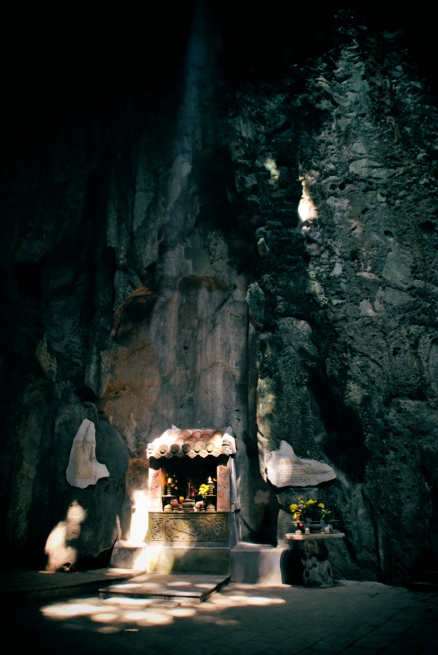

WE WERE IN Hue for less than 24 hours. We arrived in the evening and wandered down neon-lighted streets lined by budget clothes stores pulsing with young Vietnamese, getting bemused looks from most we passed. We tried some clothes on and didn’t buy them. We drank some Vietnamese wine, which was slightly less than awful. We ate some Western food and regretted it. We looked at some statues and tried to work out what they were commemorating. We looked at some art, intended to come back the next day and buy it, and then didn’t. Instead we went to a ruined tomb and got lost. In short, we had wonderful time doing all of the things that one does in a foreign city.

We visited the tomb of a former Emperor, an hour and a half cruise down the Perfume River on a little boat that was also a family’s home. When we eventually moored up, the driver of the boat pointed us up a muddy track and offered a few words in Vietnamese that none of us understood. At some point, we took a wrong turn. We reached the Tomb an hour later, after tramping through muddy fields whilst bare footed farmers standing knee deep in rice paddies laughed at us.
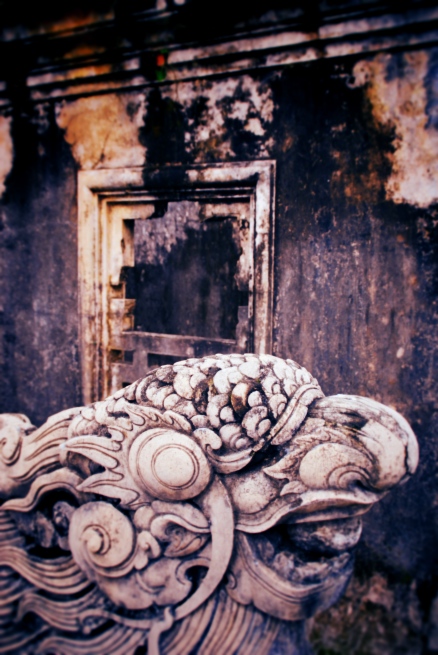

During the Vietnam-American War, Hue was captured briefly by the North during the infamous Tet Offensive. During the three and half weeks that the Vietcong held the city they massacred over 2,500 civilians as a ‘blood debt’ for fighting against the VC. The USA and the South Vietnamese responded by battering the city with bombs and artillery and dropping napalm on the Imperial Palace. Today, there is little left of it – just the outlines of where buildings used to be. By the end of the offensive, about 10,000 people had died in Hue, most of them civilians.
HALONG BAY IS a place that everyone raves about. Read any travel article about Vietnam, and it’s likely to get a glossy double page photo. I felt that I’d read the legend of how it was formed about a million times before I even went there. So I was thoroughly prepared for it to be overhyped. It wasn’t.
We sailed out in clear blue skies, the sun gently warming our bare feet even as we wore fleeces on top against the wind. Within half an hour we (and, it has to be said, about thirty other boats) were sailing inbetween looming limestone Karsts – giant fragments of islands, their sides sheer cliffs, their tops verdant green. They seemed to be endless, disappearing off into the horizon forever. If you are in Vietnam, then I urge you to go there, and to stay overnight on a boat in the bay. You won’t want to leave.
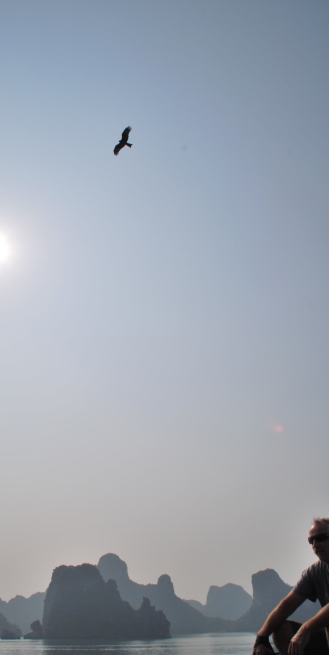
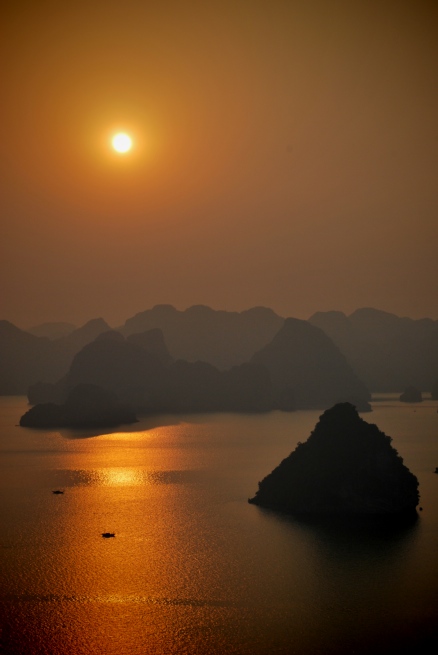


AND THEN IT was Hanoi, capital of Vietnam and our last destination in the country. The old town is a mass of small streets and seething mopeds. It’s a fascinating place to walk around, each street dedicated to a particular trade so that there are streets of carpenters, streets of toy shops, even streets dedicated to packaging, cardboard boxes spilling out into the road.
What no one tells you about Hanoi, though, is that you haven’t got time to look into the shops or soak up the atmosphere because you’re TOO BUSY TRYING NOT TO DIE under the wheels of a moped. As I’ve mentioned in a previous post, in SE Asia pavements are for parking, not walking, so you find yourself stumbling down the narrow roads spending all your time watching where the mopeds are and then – WHOOSH one speeds past you from behind and you are inches from death. It’s like when you’re on the London Underground at rush hour at the edge of the platform with the crowd five people deep behind you and then the train slams past you and you think, if someone just nudged me forward right now… In Hanoi, it’s like that all the time.
Rush hour is out of control: nowhere is safe, as mopeds mount the pavement (what little of it there is left to walk on) to get past. It was worse when we were there because it was just before Tet, Vietnamese New Year, when everyone gets a peach blossom tree for their home or business. Inevitably, these are transported strapped to the back of a moped. So if the vehicle itself doesn’t get you, you’re just as likely to get whipped by the branches of a tree as it whizzes by.

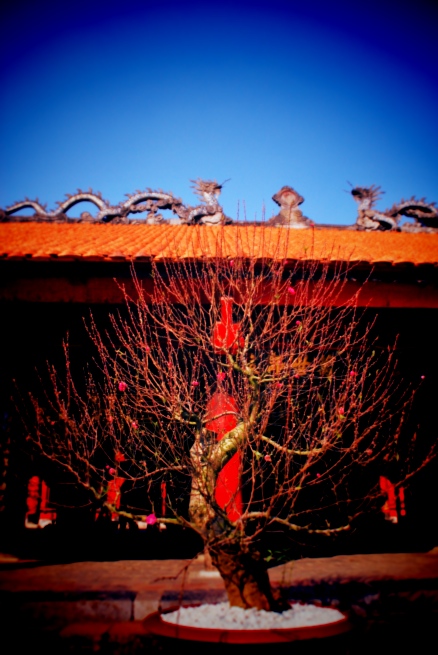
A peach blossom tree, for Tet, outside the Temple of Literature in Hanoi.

An official looking man stands amidst the chaos, presumably after having given up trying to direct it.
But survive the gauntlet of motorised death then Hanoi is a wonderful city, best enjoyed from a tiny plastic chair on the side of the street (NOT at rush hour) drinking a Bia Hoi, or fresh beer – beer that is brewed freshly everyday and retails at about 12p (20c) a glass. At that price, what could possibly go wrong? Just don’t try walking home after a beer too many.
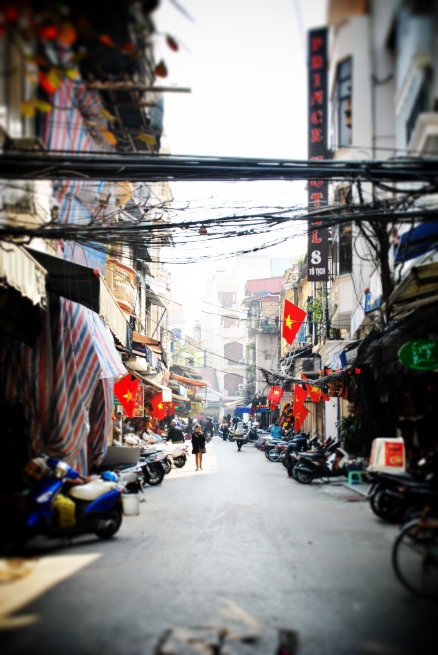
And that, dear internet, was Vietnam for me.
Join me, next time, when I’ll write more words about some different things. There will also be pictures for those bored of the words.
This post was written in Guilin, Guangxi Province, and Kunming, Yunnan Province, China. It was finally uploaded in Dali, Yunnan Province, China, after a great deal of patience and numerous rounds of green tea.
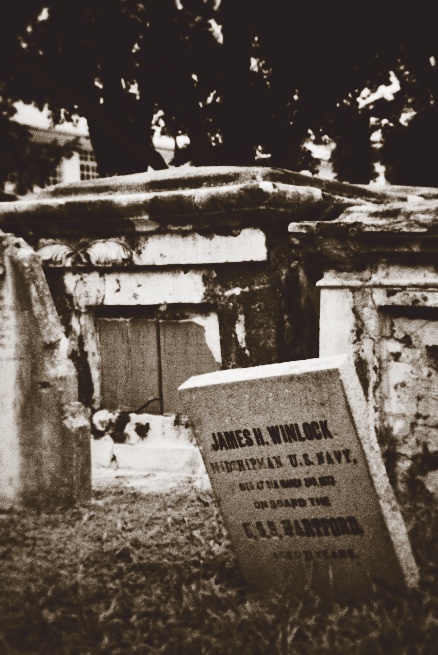


 “One. More. Drink.” orders the old Chinese lady serving me, wrapping me on my knuckles with a set of chopsticks to emphasise her point, and baring her single tooth in what I hope is a grin. I give it some thought. “Well, I suppose I could have another carrot juice, and perhaps some of those satay skewers…” Things have moved on in George Town since the days of Chinese robbers – today the only person lightening my wallet is myself, as I stand up to see what else I can possibly eat.
“One. More. Drink.” orders the old Chinese lady serving me, wrapping me on my knuckles with a set of chopsticks to emphasise her point, and baring her single tooth in what I hope is a grin. I give it some thought. “Well, I suppose I could have another carrot juice, and perhaps some of those satay skewers…” Things have moved on in George Town since the days of Chinese robbers – today the only person lightening my wallet is myself, as I stand up to see what else I can possibly eat.
